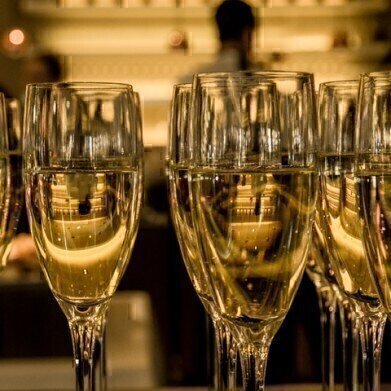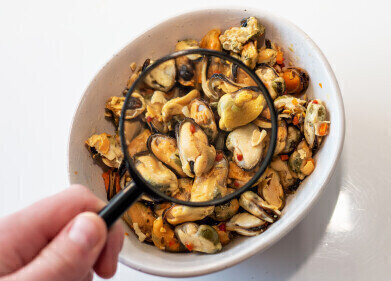GC-MS
How to Turn Tap Water into Wine in 15 Minutes!
Jun 24 2016
We’re becoming a society that wants material goods and experiences now — no longer do we have to wait for anything. If I want a track from an album, I can go online and download it, every time a new iPhone is released there are long queues outside the stores as people ‘have’ to be first to get the latest gadget. And now a company in San Francisco — Ava Winery — is planning to offer ‘designer wines’ that are based on water without a grape in sight.
Start with a bottle of 1973 Chateau Montelena
In 2015, two former classmates with backgrounds in biotechnology and science education — Mardonn Chua and Alec Lee — were touring a winery in Napa Valley, California. During the visit they were shown a bottle of 1973 Chateau Montelena Chardonnay — famous in the wine world for being the first Californian Chardonnay to be judged better than any French Chardonnay at the 1976 ‘Judgment of Paris’ wine tasting.
Realising that they could never afford to buy a bottle of the wine — their thoughts turned to how they could recreate the wine. The usual method of making wine has essentially remained unchanged for probably thousands of years. Pick some grapes, crush them to release the juice and use yeast to turn the sugars in the grapes into ethanol.
Of course, there are hundreds, if not thousands, of compounds that go to making up a bottle of wine and all of its characteristics like colour, smell and taste. But are they all necessary? Could you just add the essential compounds to a bottle of water and ethanol?
Wine into water
After a few practice runs at adding flavourings to ethanol — they decided they needed some outside help with their project. With potentially thousands of different molecules in a bottle of wine, they had to know what’s in the wine and what effect those molecules have. They turned to gas chromatography and mass spectrometry to try and identify the components. Check this article for a discussion on the analysis of wine, In Wine There is Truth - The Characterisation and Quantitative Analysis of Wine Using Spectroscopic Methods.
After identifying key flavour molecules, they added those molecules to ethanol and had an expert wine taster — a sommelier — test their drinks. A wine typically contains ethanol (~13%), water (85%), flavour molecules like the esters ethyl isobutyrate and ethyl hexanoate, and other molecules giving viscosity and colour to the wine.
Taste test
Ava Winery plans to make and sell an engineered champagne — a copy of a 1992 Dom Perignon® — in the summer of 2016. But will it be any good?
New Scientist magazine has recently performed a taste test on one of the company’s earlier efforts — you can see the results here — which could be distinguished from the original wine.
Me, I’ll stick to beer.
Digital Edition
Chromatography Today - Buyers' Guide 2022
October 2023
In This Edition Modern & Practical Applications - Accelerating ADC Development with Mass Spectrometry - Implementing High-Resolution Ion Mobility into Peptide Mapping Workflows Chromatogr...
View all digital editions
Events
Apr 28 2024 Montreal, Quebec, Canada
May 05 2024 Seville, Spain
May 15 2024 Birmingham, UK
May 19 2024 Brno, Czech Republic
May 21 2024 Lagos, Nigeria














